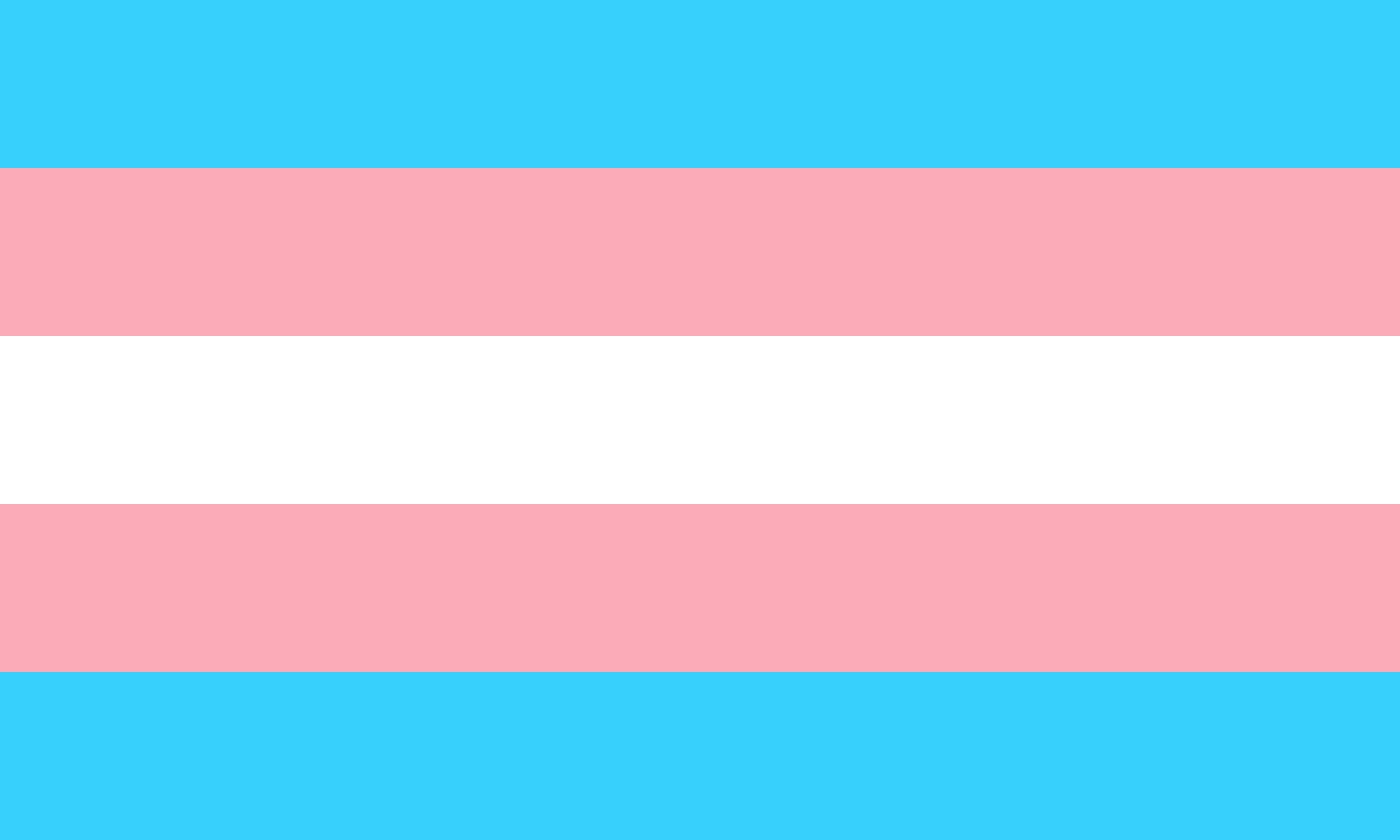What can we learn from the experience of migraine in transgender people and what can be done for transgender people with migraine?
Most research on migraine doesn’t distinguish between sex and gender. Sex is a biological construct, technically categorised as male, female and intersex (but more often as a male/female binary) and is based on physical appearance at birth. Gender is a social construct, reflecting cultural associations with biological sex but is independent from biological sex. Gender identity is an individual’s internal sense or conception of their own gender, which may or may not be the biological sex assigned at birth.
There’s very little research on migraine in non-binary and transgender individuals. Cis-gender describes people whose gender identity matches their sex assigned at birth; transgender describes people whose gender identity differs from their sex assigned at birth.
Many cis-gender women are sensitive to the hormone estrogen, with fluctuating levels of estrogen during the period responsible for triggering menstrual migraine (migraine attacks around the time of the period) and for worsening migraine without aura during perimenopause, the time before periods completely cease in women. In addition, high levels of estrogen are implicated in migraine with aura. For cis-gender men, testosterone may be protective against migraine attacks and may help explain why migraine prevalence is much higher in women than in men after puberty.
For transgender people taking hormone affirming therapy, these associations of hormones with migraine are very relevant. Transgender women taking estrogen supplements and medicines to suppress testosterone may be at risk of developing or worsening migraine. One small study from the Netherlands found that migraine prevalence in transgender women taking gender affirming hormone therapy was 26%, similar to the prevalence in cis-gender women (25%) but much higher than cis-gender men (7.5%). Migraine aura in these women was much higher than expected (54%). This strongly supports the idea that sex hormones (especially estrogen) play a significant role in the expression of migraine disease. From this, it may be that puberty blockers used in people assigned female at birth could reduce the development of migraine in these individuals.
Another small study of the effect of hormones on transgender people found that around a third of transgender women developed chronic pain with hormone treatment and tolerance to pain decreased even among those that did not. For transgender men who had chronic pain before treatment, more than half improved after starting testosterone. Sex hormones clearly have some impact on the pain experience of men and women, although exactly how they work is not yet understood.
For transgender women with migraine on hormone therapy, it’s important to maintain steady (not fluctuating) levels of estrogen. It may also help to establish the lowest dose of estrogen that provides acceptable feminisation. In all people with migraine with aura, there’s a small increased risk of stroke with the use of estrogen. This risk can be minimised by not smoking tobacco and managing any other stroke risk factors such as high blood pressure, diabetes and high cholesterol levels.
For transgender men, migraine attacks may still be provoked by underlying estrogen fluctuations even in the absence of periods. However, the use of testosterone may reduce the frequency and severity of migraine attacks in transgender men who have pre-existing migraine disease.
Management of migraine in transgender people is much the same as for cis-gender people – acute treatment of migraine attacks, preventive treatment for attacks that are frequent and disabling, keeping up those healthy behaviours of regular sleep, meals, exercise and managing stress. For transgender people on gender affirming hormone therapy, if anti-seizure medications are used for migraine preventive treatment, then hormone levels may need to be monitored and doses adjusted because of potential interactions between these treatments.
Transgender people are at higher risk of chronic health conditions, including pain and mental health issues, often due to stress from stigma and discrimination. For example, discrimination at the level of the individual can cause stress through interpersonal attacks and even violence. Discrimination at the system level can cause stress through lack of access to gender affirming healthcare. All of these factors can increase the risk of migraine and chronic migraine in transgender people. Migraine itself is a stigmatised disease; this is compounded for people who are experiencing stigma because of who they are.
References
- Ahmad SR, Rosendale N. Sex and Gender Considerations in Episodic Migraine. Curr Pain Headache Rep. 2022; 26(7): 505-516. doi: 10.1007/s11916-022-01052-8. https://pubmed.ncbi.nlm.nih.gov/35679008/
- Pringsheim, T. Gooren, L. Migraine prevalence in male to female transsexuals on hormone therapy. Neurology 2004; 63(3): 593-594. DOI: 10.1212/01
- Aloisi AM, Bachiocco V, Costantino A, Stefani R, Ceccarelli I, Bertaccini A, Meriggiola MC. Cross-sex hormone administration changes pain in transsexual women and men. Pain 2007; 132(Supplement 1): S60–S7.
- Vincent K, Tracey I. Hormones and their Interaction with the Pain Experience. Rev Pain. 2008 Dec;2(2):20-4.


